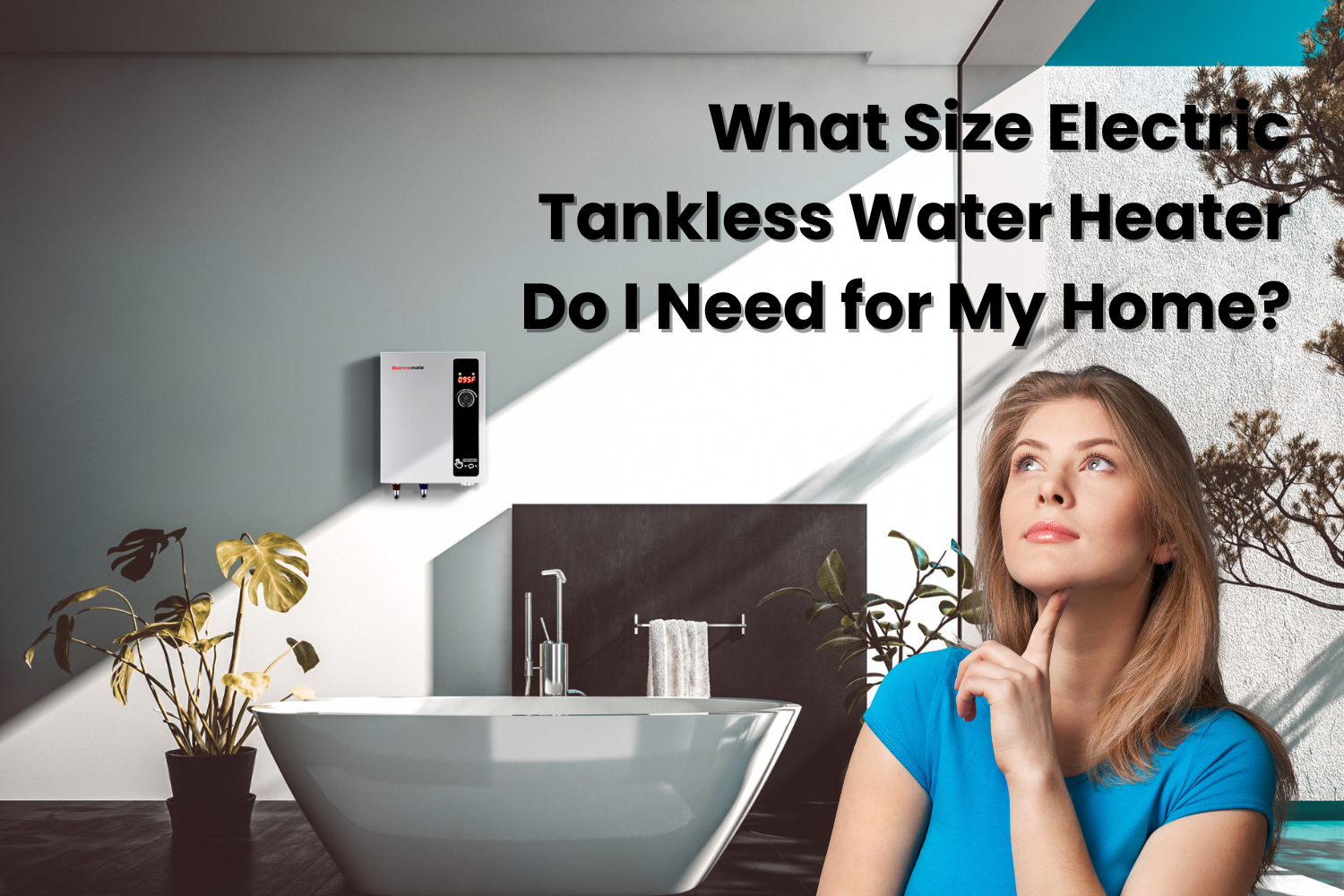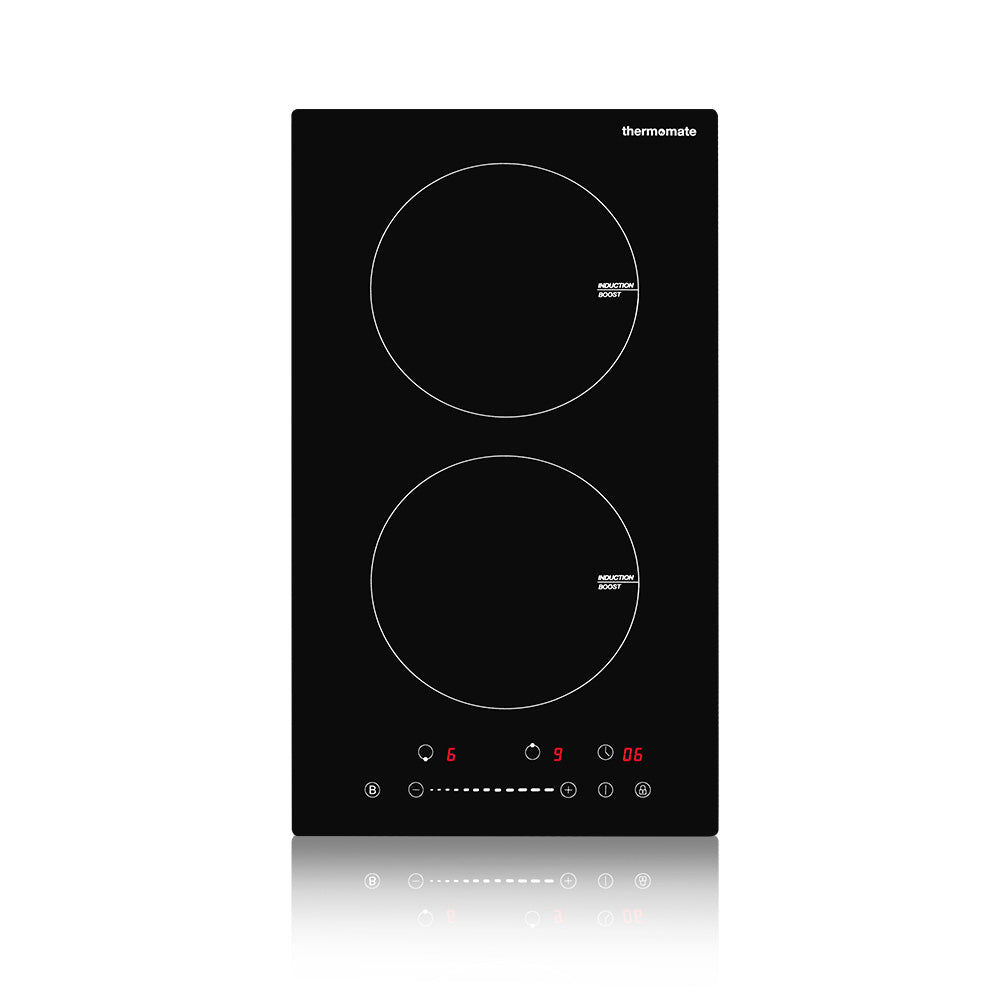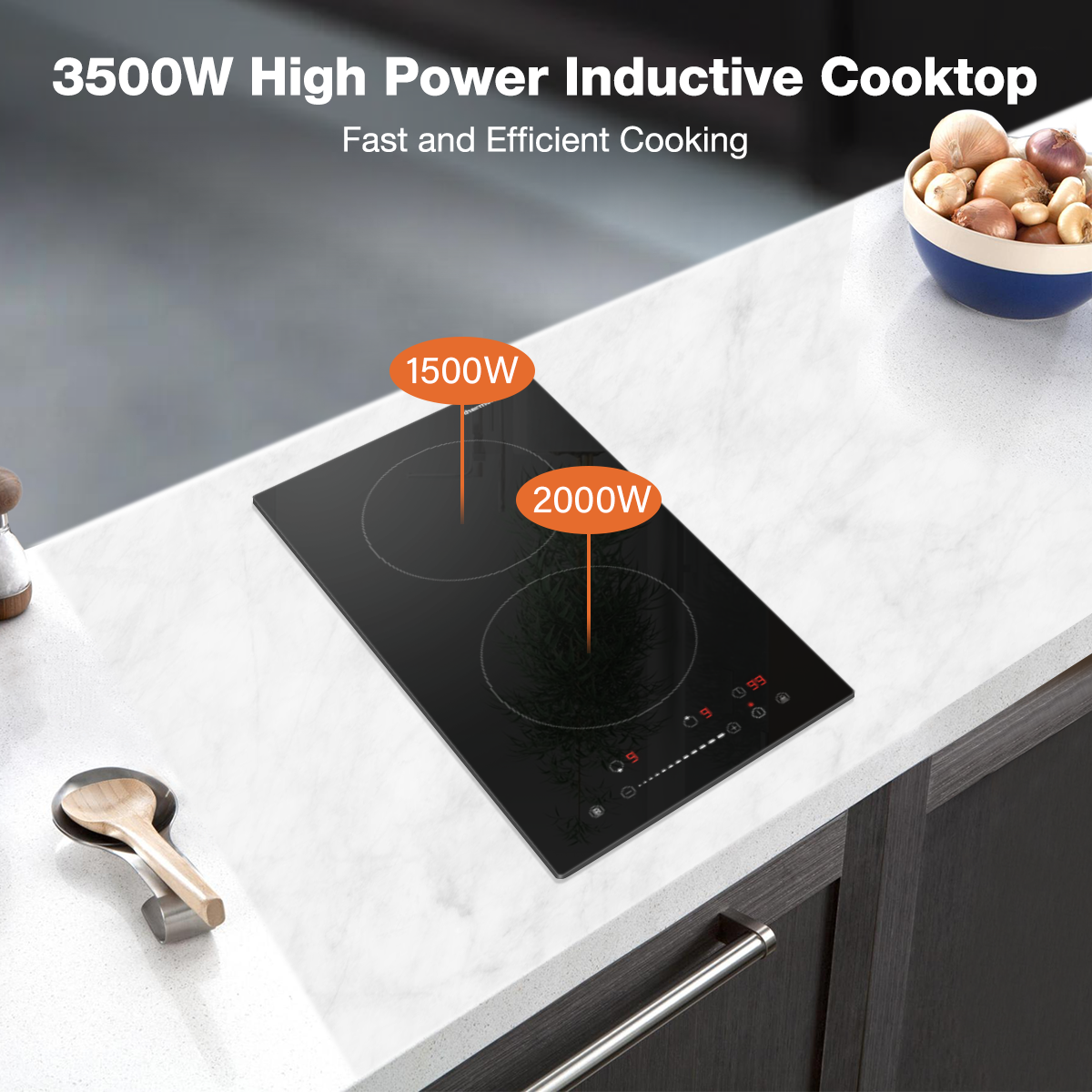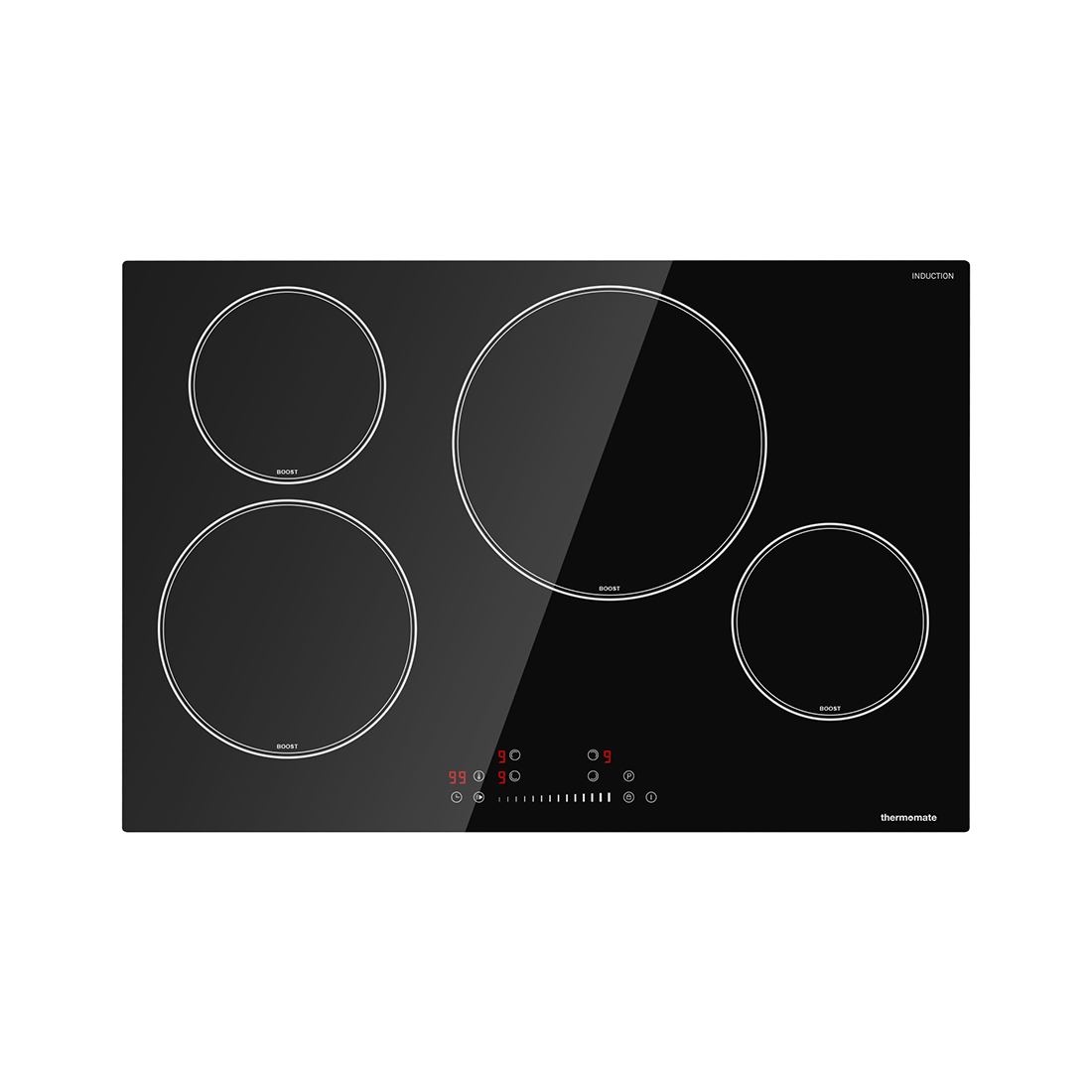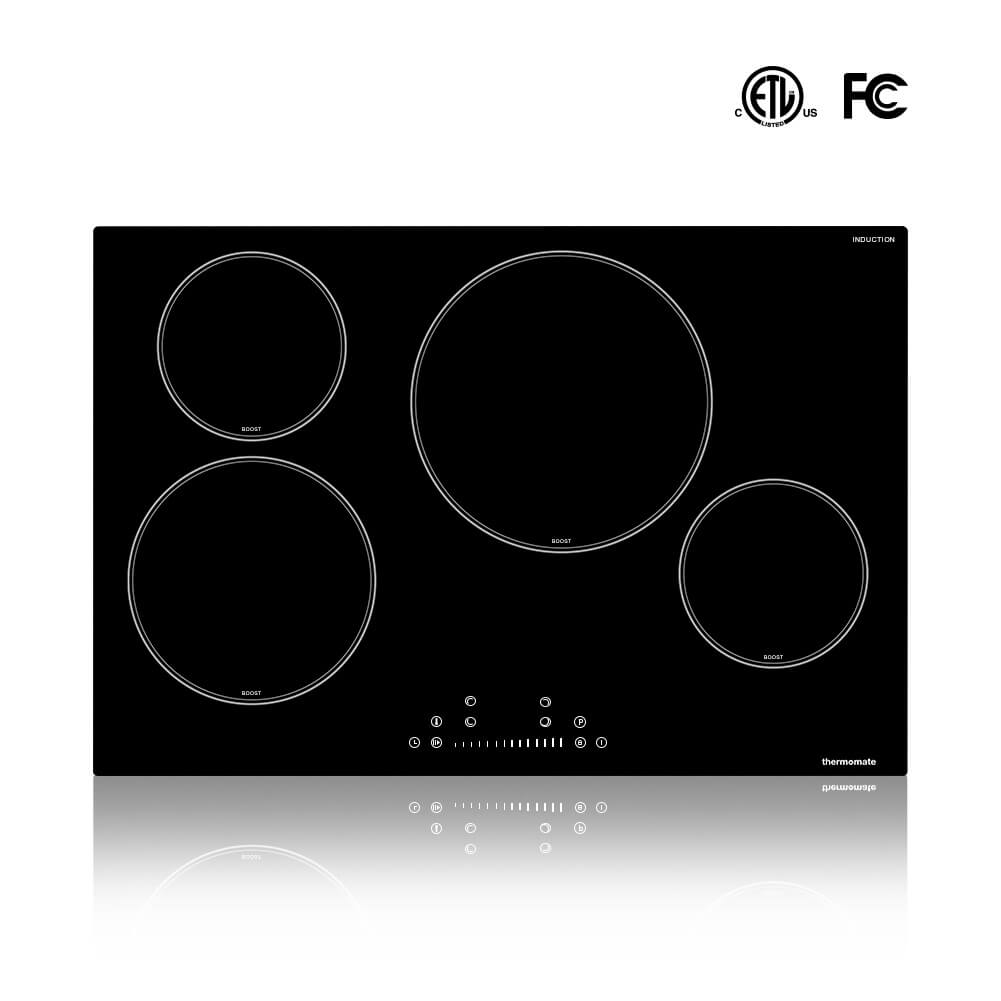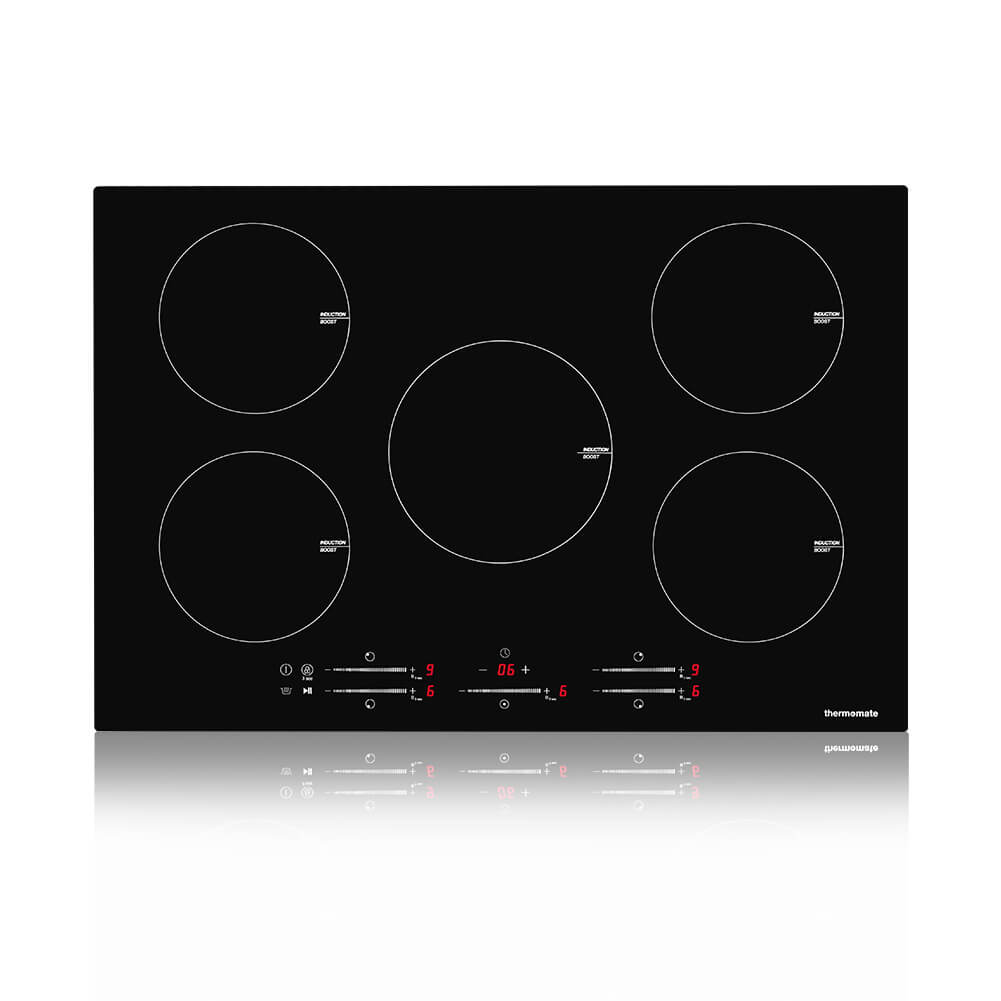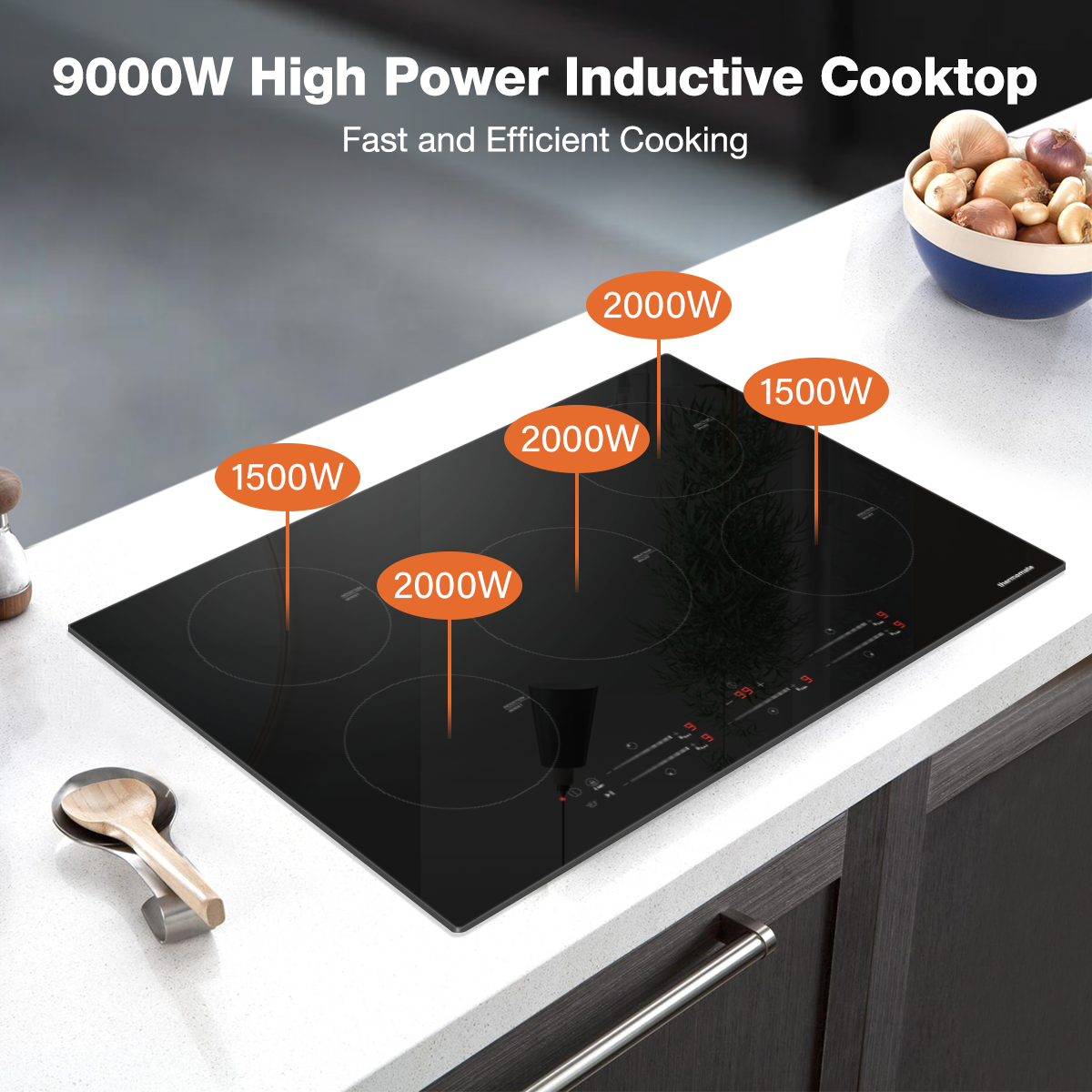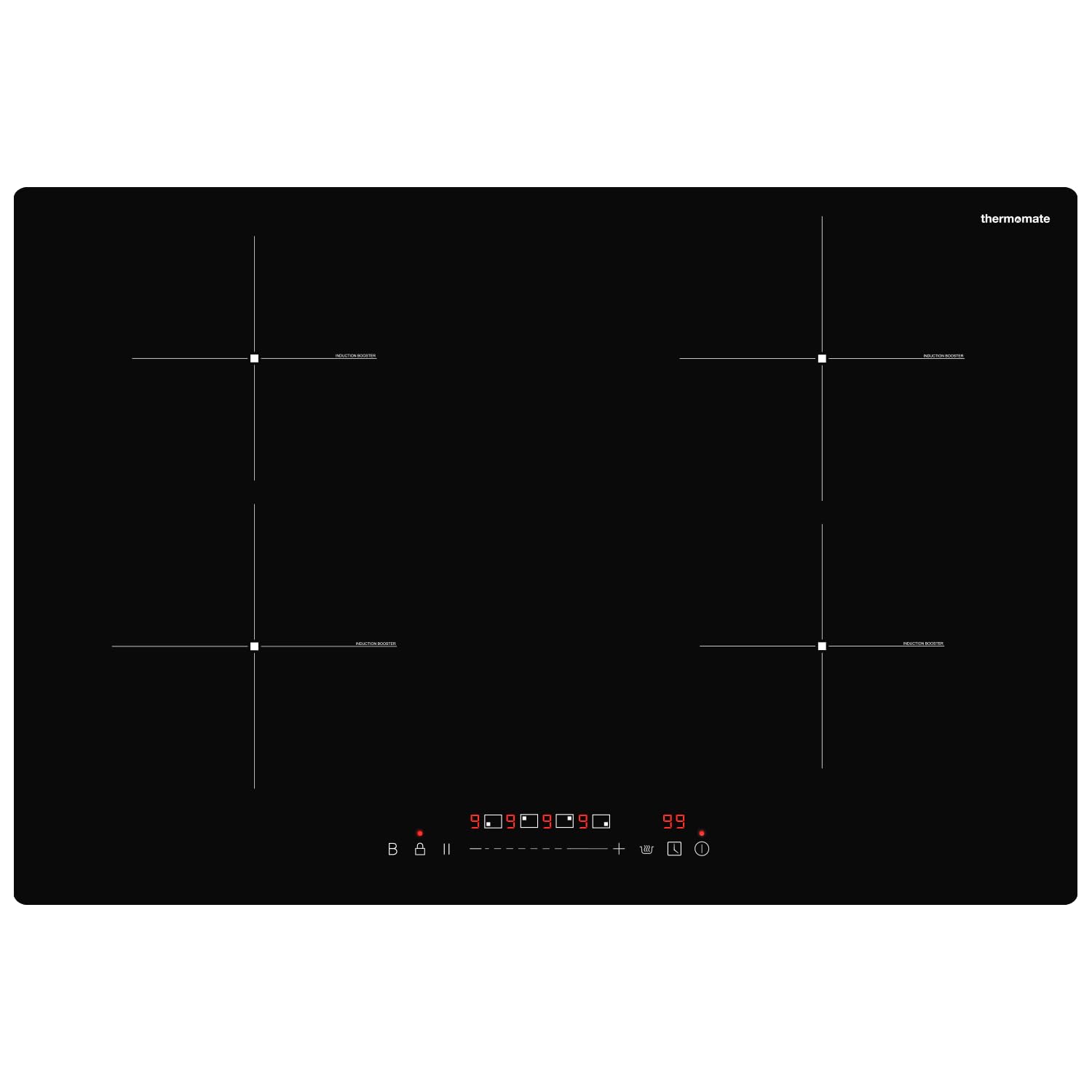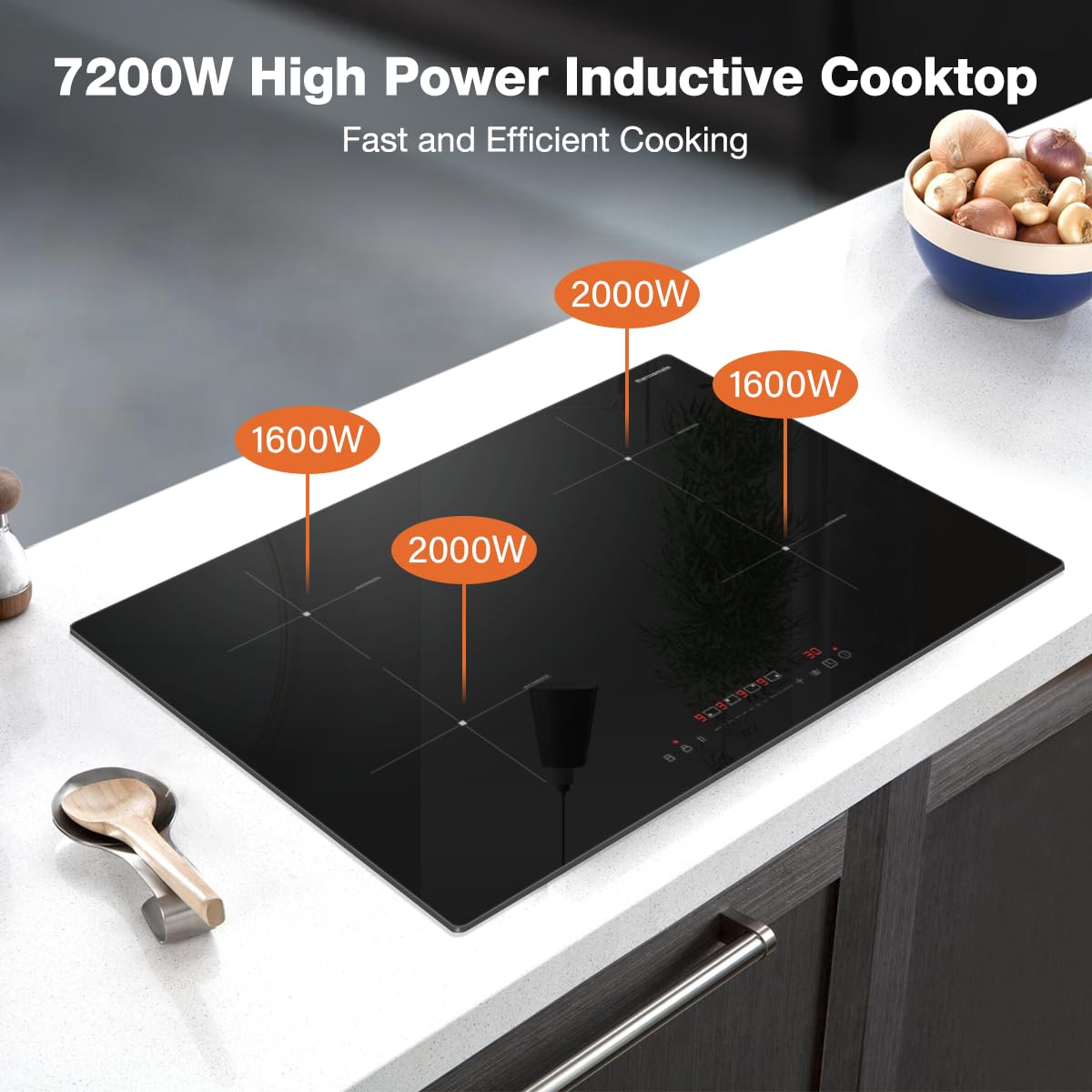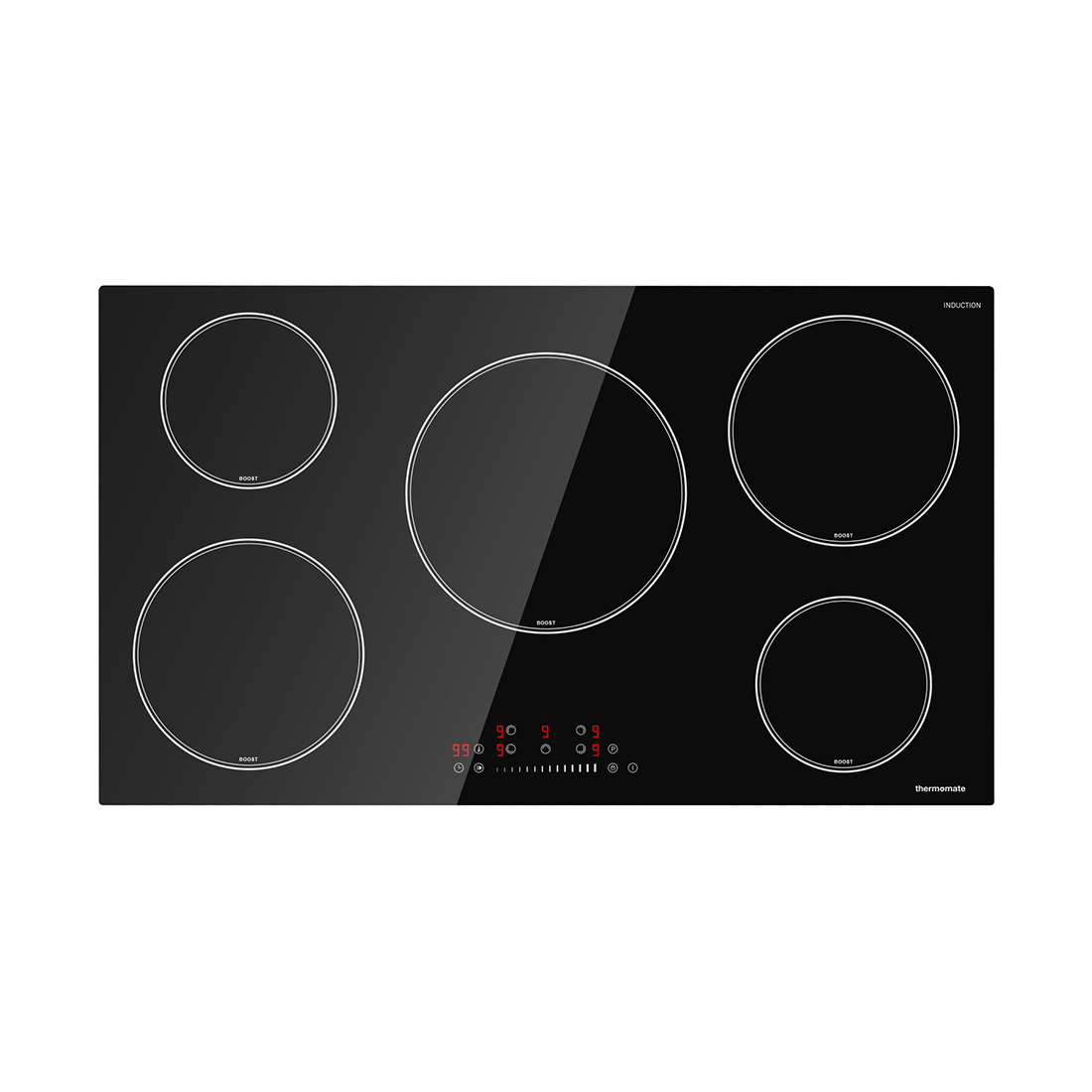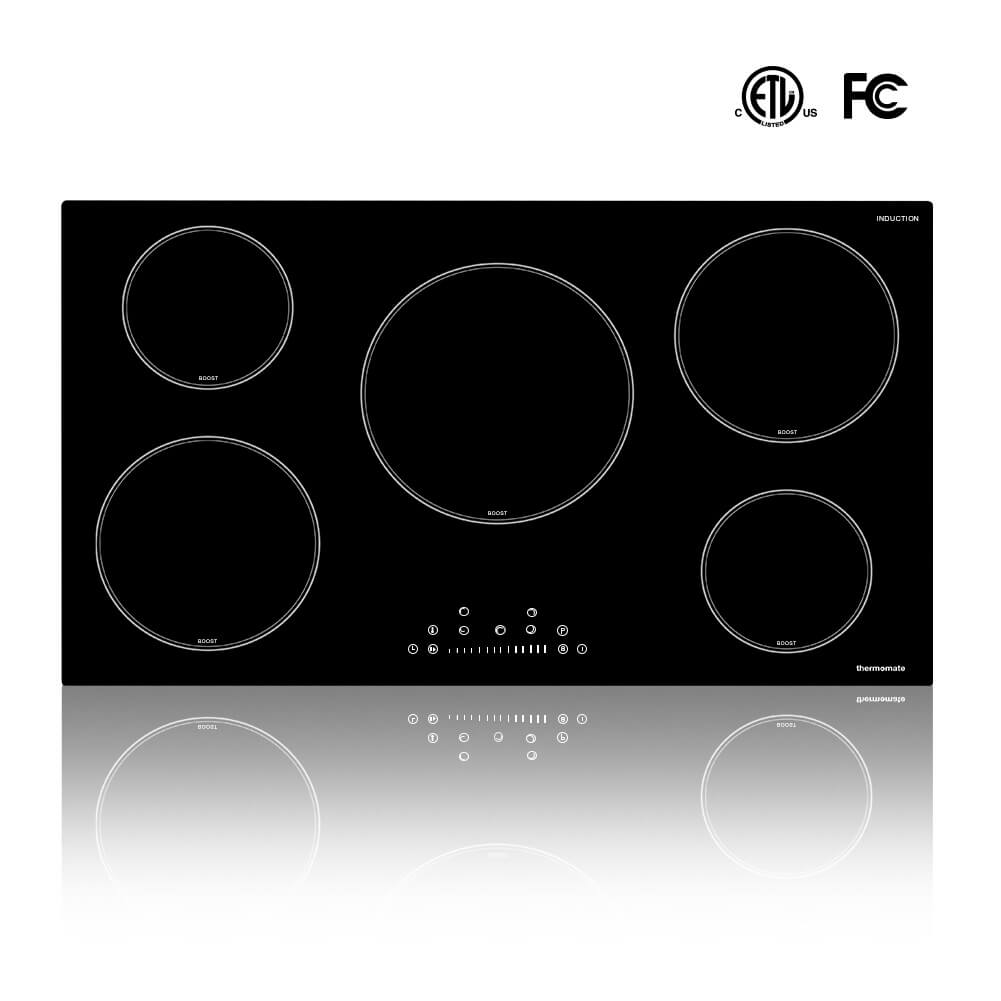When it comes to ensuring a continuous supply of hot water in your home, selecting the right size electric tankless water heater is crucial. This article delves into the various factors that determine the appropriate size of a tankless water heater, compares tankless systems with conventional water heaters, and provides practical tips for making an informed purchase. Whether you're building a new home, renovating, or simply upgrading your current water heating system, understanding the nuances of tankless water heater sizing will help you make a decision that balances performance, cost, and energy efficiency.
Key Takeaways
- The size of an electric tankless water heater depends on factors such as household hot water usage, regional ground temperature, and the number and type of fixtures.
- Flow rate and simultaneous fixture usage significantly influence the number of tankless units required, with some homes needing multiple heaters in parallel.
- Tankless water heaters offer advantages like endless hot water supply and space savings, but they're typically more beneficial for new constructions or major renovations.
- Cost considerations include not only the initial purchase and installation but also long-term operating expenses, with tankless heaters often leading to energy savings.
- Proper sizing of a tankless water heater involves consulting with experts, understanding model specifications, and considering the wattage based on household water usage.
Understanding the Basics of Tankless Water Heater Sizing
Factors Influencing Tankless Water Heater Size
When considering a tankless electric on-demand instant hot water heater, it's essential to understand the factors that determine the appropriate size for your home. The primary considerations include the flow rate required to meet your household's hot water demands and the temperature of the incoming water, which varies by region.
- Flow Rate: The flow rate is crucial as it dictates the amount of hot water available to your fixtures at any given time. It is measured in gallons per minute (GPM).
- Temperature Rise: The difference between the desired hot water temperature and the incoming ground water temperature is known as the temperature rise.
- Household Demand: The number of fixtures and appliances that require hot water simultaneously will affect the size of the heater needed.
Remember, a tankless water heater provides instant hot water and is a space-saving solution, but it must be sized correctly to avoid running out of hot water during peak usage times.
It's also important to consider the power source for your heater, whether it's electric, gas, or solar, as this will influence the unit's capacity and efficiency. Consulting with experts can help ensure that you select a water heater that meets your needs without incurring unnecessary costs.
Flow Rate and Fixture Demand
When sizing an electric tankless water heater, understanding the flow rate and fixture demand is crucial. The flow rate, measured in gallons per minute (GPM), determines the volume of hot water that can be delivered at any given time. Each fixture in your home, from showers to sinks, has a specific flow rate that contributes to the total demand.
For instance, post-1992 faucets and shower fixtures are designed to have a flow rate of no more than 2.2 GPM at 60 PSI. This regulation ensures that water consumption is kept within reasonable limits while still providing adequate flow for daily activities. Here's a quick reference for typical flow rates of common household fixtures:
- Shower: 1.5 to 2.5 GPM
- Bathtub Faucet: 4.0 GPM
- Bathroom Vanity Sink Faucet: 0.5 to 1.5 GPM
- Kitchen Sink Faucet: 1.0 to 2.0 GPM
- Washer: 1.0 to 3.0 GPM
To accurately size your tankless water heater, add up the flow rates of all fixtures that may be used simultaneously. This will give you the total GPM required, which is essential for selecting a unit with the right capacity.
Remember, the goal is to ensure that your water heater can handle the peak demand without running out of hot water. In some cases, particularly in homes with high usage or multiple bathrooms, you might need to install more than one unit in parallel to meet the demand.
Comparing Power Sources: Gas, Electric, and Solar
When selecting a tankless water heater, the power source is a critical factor to consider. Gas-powered tankless water heaters typically offer a higher flow rate, making them suitable for larger homes or simultaneous use of multiple fixtures. However, they require proper venting and may have higher installation costs due to the need for gas lines and exhaust systems.
Electric tankless water heaters are known for their environmental friendliness and ease of installation. They operate only when there's a demand for hot water, which can lead to energy savings. Electric models are ideal for smaller homes or point-of-use applications, and they don't require venting like gas models.
Solar-powered tankless systems represent the pinnacle of eco-friendliness, harnessing the power of the sun to heat water. While they can offer significant long-term savings and reduce carbon footprint, the initial investment is considerably higher, and their effectiveness is dependent on climate and sunlight availability.
It's essential to select the size of your tankless water heater based on the flow rate required by your household to ensure you never run out of hot water when you need it.
Here's a quick comparison of the costs for different tankless water heater types:
| Tankless Type | Smaller Unit Cost | Larger Unit Cost |
|---|---|---|
| Gas | $500 - $1,200 | $900 - $2,200 |
| Electric | $100 - $250 | $420 - $800 |
| Solar | N/A | $1,000 - $6,000 |
Comparing Tankless and Conventional Water Heaters

Pros and Cons of Tankless Water Heaters
Tankless water heaters, often referred to as on-demand or instantaneous units, offer a modern approach to heating water. They provide hot water only as it is needed, which can lead to energy savings over time. Unlike conventional water heaters with large tanks, tankless models are compact and can be a space-saving option in your home.
However, it's important to consider that tankless water heaters come with a higher upfront cost. They are generally more expensive to purchase and install compared to traditional water heaters. This initial investment is a significant factor to weigh when deciding if a tankless system is right for you.
Tankless water heaters are an eco-conscious choice, with a longer lifespan of about 20 years, which is nearly double that of conventional water heaters.
When evaluating the pros and cons, homeowners should also consider the long-term benefits, such as the potential for lower energy bills and less environmental impact. Here's a quick comparison:
-
Pros:
- Energy-efficient operation
- Space-saving design
- Longer lifespan
- Eco-friendly
-
Cons:
- Higher initial costs
- More expensive installation
- May require upgrades to electrical systems
Ultimately, the decision to invest in a tankless water heater should be based on a careful consideration of these factors and your household's specific hot water needs.
Pros and Cons of Conventional Water Heaters
Conventional water heaters, with their large storage tanks, have been the standard in many homes for years. They are known for their lower initial purchase price, which can range from $600 to $2,500, and the ease of installation, especially when replacing an existing unit. However, they are less energy-efficient due to the constant heating of the stored water, leading to higher operating costs over time.
-
Pros:
- Lower initial cost
- Simpler installation when replacing similar units
- Familiar technology for most homeowners
-
Cons:
- Higher energy expenditure due to constant heating
- Occupies significant space
- Shorter lifespan of approximately 10 to 15 years
- Less eco-friendly compared to tankless models
When considering a new water heater, it's important to weigh the long-term operating costs and environmental impact against the upfront savings of a conventional water heater. The decision should align with your household's hot water needs, space considerations, and energy efficiency goals.
Making the Switch: When to Consider a Tankless System
Deciding to upgrade to an electric tankless water heater involves weighing the long-term benefits against the initial investment. Electric tankless water heaters offer simple installation, versatility, and cost-effectiveness. They are environmentally friendly and can be easily maintained at home, making them an attractive option for those looking to reduce their carbon footprint and enjoy continuous hot water supply.
When considering the switch, it's important to assess your home's hot water needs and whether your current system is meeting them. If you find yourself frequently running out of hot water or if your energy bills are consistently high due to an inefficient conventional water heater, it may be time to consider a tankless system. The compact size and longer lifespan of tankless models are also compelling reasons to upgrade, especially if space is at a premium in your home.
Tankless water heaters are not only a small, space-saving option but also an eco-conscious choice with a lifespan of up to 20 years.
Before making the switch, it's advisable to consult with professionals to ensure that a tankless system is suitable for your specific needs. They can provide valuable insights into the different models available and help you select the right unit for your home.
Selecting the Right Tankless Water Heater for Your Home
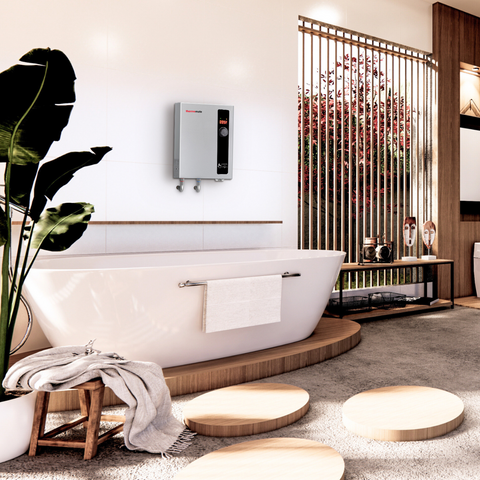
Estimating Hot Water Usage
To select the right electric tankless water heater for your home, it's crucial to estimate your hot water usage accurately. This involves considering the flow rates of fixtures and the overall demand of your household. For instance, a bathtub typically has a flow rate of 5 gallons per minute, while a shower might use 2.1 gallons per minute.
Estimating hot water usage is not just about the numbers; it's about understanding your household's patterns and peak demand times.
Here's a simple table to help you start estimating:
| Fixture | Flow Rate (gallons/minute) |
|---|---|
| Shower | 2.1 |
| Bathtub | 5 |
| Sink | 1.5 |
Remember, these are starting points. Choosing the right electric tankless water heater involves more than just flow rates; it includes sizing considerations, selecting features, and understanding cost and environmental impact factors. It's advisable to consult with experts to ensure your estimates align with your actual needs and to avoid any costly mistakes.
Understanding Different Tankless Water Heater Models
When selecting a tankless water heater, it's crucial to understand the different models available and how they align with your home's needs. Tankless water heaters vary in size, energy source, and heating capacity, which directly impacts their suitability for your home. For instance, electric models are available for both whole-house heating and point-of-use applications, such as a single bathroom or kitchen sink.
Electric tankless water heaters come in various wattages and voltages, catering to different hot water demands. A website page showcasing electric tankless water heaters might offer a range of products with detailed descriptions, allowing for easy selection based on your specific requirements. Here's a simplified breakdown of the types of electric tankless water heaters you might encounter:
- ThermomateET270: Suitable for whole-home water heating without advanced features.
- ThermomateET180: Ultra-compact design for smaller home water heating in warm climates.
- ThermomateET110: Similar to ET180, designed for small spaces and warm climates.
- ThermomateET060: Another ultra-compact option for smaller home water heating needs.
Remember, the right model for your home will depend on your hot water usage patterns and the climate you live in. Consulting with experts can help you make an informed decision.
Cost is also a factor to consider. Smaller units for single points of use can range from $100 to $300, while whole-house systems may cost between $450 and $1,500 for electric models. Gas models tend to be more expensive, with prices ranging from $500 to $2,200. Solar options, while eco-friendly, can be the most costly, with prices ranging from $1,000 to $6,000.
Consulting with Experts for Accurate Sizing
When it comes to selecting the right electric tankless water heater for your home, consulting with experts can make a significant difference. Professionals have the tools and knowledge to assess your specific needs accurately, ensuring that you choose a model that can handle your household's hot water demands without being oversized and costly.
Experts will consider various factors such as the number of bathrooms, the simultaneous use of fixtures, and the climate of your location. They may use advanced settings and tools, like a Commercial Technology Selector or a Sizing Guide, to provide a tailored recommendation.
It's essential to provide experts with detailed information about your home, including the number of occupants, typical hot water usage patterns, and any future changes you anticipate, such as a growing family or the addition of new appliances.
Here's a simplified checklist to prepare for your consultation with a sizing expert:
- Your home's location and climate
- Number of bathrooms and fixtures
- Average shower length and frequency
- Maximum tub size in gallons
- Available space for installation
By taking these steps, you can ensure that the expert's advice is based on a comprehensive understanding of your needs, leading to a more efficient and cost-effective tankless water heater solution.
Cost Considerations for Tankless Water Heaters
Initial Purchase and Installation Costs
When considering the initial purchase and installation costs of electric tankless water heaters, it's important to recognize that they can be more expensive upfront compared to conventional water heaters. However, they are designed to provide long-term savings through reduced energy expenditure. Installation costs vary depending on the type of tankless water heater you choose.
For a basic understanding of the potential costs, here's a quick breakdown:
| Tankless Type | Smaller Unit | Larger Unit |
|---|---|---|
| Single point of use | $100 to $300 | — |
| Whole house | — | $450 to $1,500 |
| Gas | $500 to $1,200 | $900 to $2,200 |
| Electric | $100 to $250 | $420 to $800 |
| Solar | — | $1,000 to $6,000 |
Keep in mind that these figures are estimates and the actual costs can vary based on location, installation complexity, and additional features. Upgrading your home to accommodate a tankless system may involve upgrading wiring, installing new water lines, ensuring proper ventilation, and testing the system to ensure it operates efficiently.
While the initial costs may seem daunting, the investment in a tankless water heater is an eco-conscious choice that can lead to significant energy savings and a smaller carbon footprint over time.
Operating Cost Comparison: Tankless vs. Conventional
When considering the operating costs of water heaters, it's important to look beyond the initial purchase price. Tankless water heaters, while more expensive upfront, often lead to lower energy bills due to their on-demand heating capability. Conventional water heaters, on the other hand, continuously heat and reheat water, leading to higher energy consumption.
Tankless water heaters are designed to be more energy-efficient, only heating water as it is needed. This can result in significant savings over time, despite the higher initial cost.
Here's a quick comparison of the operating costs:
| Water Heater Type | Energy Expenditure | Lifespan |
|---|---|---|
| Conventional | Higher | 10-15 years |
| Tankless | Lower | Up to 20 years |
Remember, the actual savings will depend on your household's water usage, the efficiency of the heater, and local energy rates. Consulting with a professional can provide a more tailored estimate of operating costs for your specific situation.
Long-Term Savings and Eco-Friendliness
When considering the long-term financial and environmental impact of a tankless water heater, the benefits become clear. Tankless systems offer significant energy savings over time, typically at least $50 annually, and often more. This is due to their on-demand heating capability, which eliminates the standby energy loss associated with conventional tank heaters.
The initial investment in a tankless water heater is offset by its extended lifespan and lower operating costs. With a lifespan of about 20 years, nearly double that of conventional heaters, the savings accumulate, making it a financially sound choice in the long run.
Additionally, tankless water heaters are an eco-conscious choice, often qualifying for tax credits, especially if they are ENERGY STAR-certified or solar-powered. The table below summarizes the key long-term benefits:
| Benefit | Tankless Water Heater | Conventional Water Heater |
|---|---|---|
| Lifespan | ~20 years | 10-15 years |
| Energy Savings | At least $50 annually | Less due to standby loss |
| Eco-Friendliness | Higher (tax credits available) | Lower |
By choosing a tankless water heater, homeowners not only enjoy continuous hot water but also contribute to a more sustainable future.
Practical Tips for Purchasing a Tankless Water Heater

Research and Comparison Shopping
When embarking on the journey to purchase a tankless water heater, research and comparison shopping are crucial steps. Online platforms offer the convenience of comparing prices and models from various retailers, ensuring you find the best deal for your needs. It's important to consider not just the price, but also the features, energy efficiency, and customer reviews.
- Visit manufacturer websites to understand different models and their specifications.
- Check online marketplaces for customer reviews and ratings.
- Compare prices across multiple retailers to ensure you're getting a competitive deal.
Remember, while online shopping is efficient, visiting a store can provide additional insights. Speaking with sales experts can clarify any doubts regarding installation, space requirements, and warranties. Moreover, in-store negotiations may lead to better deals, especially on installation costs.
Ultimately, thorough research and careful comparison will lead you to the tankless water heater that best fits your home's needs and budget.
Visiting Stores for Hands-On Comparisons
When considering a tankless water heater, visiting a store can provide valuable insights. Speaking directly with a salesperson can clarify concerns about the unit's space requirements, warranty details, and potential installation nuances. In-person discussions may also open up opportunities to negotiate installation costs, which can be a significant part of the overall investment.
While online research is crucial, the tactile experience of seeing and comparing different models can be enlightening. Stores often have a variety of units on display, allowing you to gauge their size and build quality firsthand. This can be particularly useful when trying to understand how a unit might fit into your home's available space.
Remember, the goal is to find a balance between performance, size, and cost. Visiting multiple stores and comparing prices can lead to better deals and more informed decisions.
Finally, don't forget to comparison shop online after your store visits. Often, you'll find that prices can vary significantly between in-store and online offerings, and you may discover additional models or brands that weren't available at the physical locations.
Selecting the Correct Wattage for Your Needs
When it comes to selecting the correct wattage for your electric tankless water heater, it's crucial to match the unit's capacity with your household's hot water usage. The wattage of the heater will determine its ability to heat water efficiently and provide a consistent supply to meet demand.
Here's a quick reference chart for typical wattage requirements based on model capacity and flow rates:
| Model | GPM | Wattage |
|---|---|---|
| ET035 | up to 0.9 | 3.5kW |
| Elex 5.5 plus | up to 1.5 | 5.5kW |
| ET060W | up to 1.6 | 6kW |
| ET110 | up to 2.6 | 11kW |
| ET180 | up to 4.4 | 18kW |
| ET270 | up to 6.6 | 27kW |
Remember, these numbers should serve as a starting point. It's always wise to consult with experts to ensure the model you choose can handle your specific hot water needs without resulting in a lack of hot water or an unnecessarily high water bill.
While tankless water heaters offer energy savings, compact size, and unlimited hot water capacity, traditional tank water heaters have a lower upfront cost but consume more energy and have a limited hot water supply. Your choice should be informed by considerations of energy efficiency, available space, and hot water demand.
When it comes to enhancing your home's efficiency and comfort, investing in a tankless water heater is a smart choice. Not only do they provide endless hot water on demand, but they also save space and can reduce energy costs. To ensure you select the perfect model for your needs, visit our website for a comprehensive guide and exclusive deals. Don't miss out on our expert advice and special discounts – make the switch to a tankless water heater today!
Conclusion
Choosing the right size electric tankless water heater for your home is a critical decision that impacts not only your comfort but also your energy bills and environmental footprint. The information provided in this article should serve as a comprehensive guide to understanding the factors that influence the size of the tankless water heater you need, such as flow rate, simultaneous usage, and regional ground temperature. Remember that while initial costs for tankless units may be higher than conventional water heaters, the long-term savings and space efficiency can be significant. It's always wise to consult with professionals to ensure that the unit you select meets your specific requirements. Ultimately, a well-chosen tankless water heater will provide a continuous supply of hot water, align with your eco-conscious goals, and prove to be a smart investment for your home.
Frequently Asked Questions
What size tankless water heater do I need?
The size of your tankless water heater will depend on several factors, including your home's hot water demands, the ground temperature in your region, and the power source (gas, electric, or solar).
May I need more than one tankless water heater for my home?
Yes, depending on the flow rate and number of fixtures running simultaneously, you might require multiple tankless water heaters connected in parallel to meet your hot water demands.
When should I consider switching to a tankless water heater?
Consider a tankless water heater if you frequently run out of hot water due to simultaneous use of showers, large-capacity washing machines, and dishwashers, or when building new construction or undergoing significant renovations.
What are the cost differences between tankless and conventional water heaters?
Conventional water heaters are generally less expensive to purchase and install, ranging from $600 to $2,500, while tankless models can range from $100 to $6,000 depending on the type and size.
What are the long-term benefits of a tankless water heater?
Tankless water heaters are more eco-friendly, take up less space, have a longer lifespan of around 20 years, and can lead to long-term savings despite higher initial costs.
How do I select the correct wattage for a tankless water heater?
To select the correct wattage, use the manufacturer's specs and charts to match the unit's capacity with your household's water usage, considering the flow rates for various applications like showers and washing machines.

